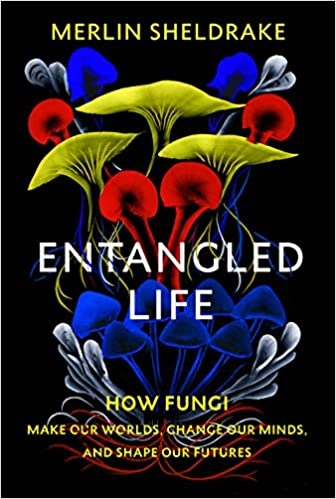

No one view of physical reality captures all its aspects one must take into account many different, mutually exclusive views, each offering valid but partial insight. What we cannot do, according to quantum theory, is measure both its shape and its color simultaneously. Or we can measure the color of our q-on, but in doing so we lose all information about its shape. We can measure the shape of our q-on, but in doing so we lose all information about its color. In fact, that “common sense” inference, which Einstein insisted should be part of any acceptable notion of physical reality, is inconsistent with experimental facts, as we’ll see shortly. The fact that a q-on can exhibit, in different situations, different shapes or different colors does not necessarily mean that it possesses both a shape and a color simultaneously. Yet for a quantum cake-a quake, perhaps, or (with more dignity) a q-on-the situation is profoundly different. If we were speaking of classical systems, like cakes, this added property would imply that our c-ons could be in any of four possible states: a red square, a red circle, a blue square or a blue circle.

Now we imagine that it can also exhibit two colors-red and blue. Previously, we imagined that our c-ons could exhibit two shapes (square and circle). The more distinctive consequences of quantum entanglement, such as the Einstein-Podolsky-Rosen (EPR) and Greenberger-Horne-Zeilinger (GHZ) effects, arise through its interplay with another aspect of quantum theory called “complementarity.” To pave the way for discussion of EPR and GHZ, let me now introduce complementarity.


 0 kommentar(er)
0 kommentar(er)
